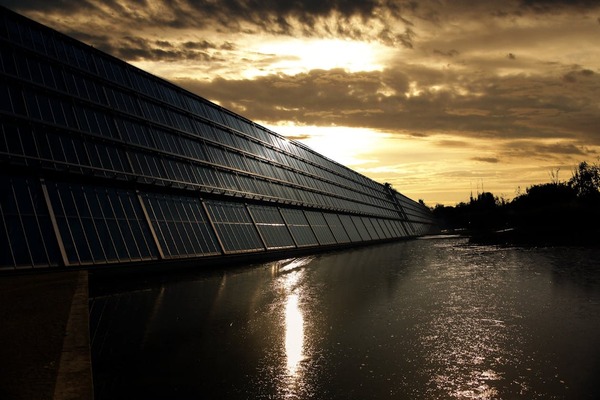Trinasolar, a solar technology company in China, has announced the development of a solar panel that can produce up to 808 watts of power. This is the highest output so far for a solar module made with perovskite and silicon tandem cells. The panel has a surface area of 3.1 square meters and uses 210mm by 105mm solar cells. The testing and certification of this module were completed by TÜV SÜD, a global certification body.
The panel uses a combination of two types of solar cells: perovskite and silicon. Traditional silicon solar panels are close to their maximum efficiency. Tandem technology, which stacks two layers of solar material, is seen as a next step. Perovskite/silicon tandem cells could reach theoretical efficiency rates of 43%, higher than what silicon alone can achieve.
Trinasolar has been researching tandem solar cell technology for over a decade. It has worked with universities such as Nanjing University and institutes like the Chinese Academy of Sciences. The company has filed over 300 patents for tandem technologies. The new 808W module is the first of its kind to reach this power level using an industry-standard format.
The company improved power output by using techniques like perovskite layer doping, interface engineering, and new layered designs. These methods improve how well the cell converts sunlight into electricity.
Apart from this new module, smaller, less publicized projects in China continue to expand local solar power. For example, regional efforts in provinces like Gansu and Inner Mongolia are adding small-scale solar farms to unused desert land. Projects there often install 20MW to 50MW per site and are connected to local grids. In rural Jiangxi, solar rooftops on village homes now total over 15MW combined capacity. These projects may not be large by global standards but play a role in China’s broader renewable energy expansion.

